What are We Wasting for? Reducing Food Waste Starts at Home!
September 2020
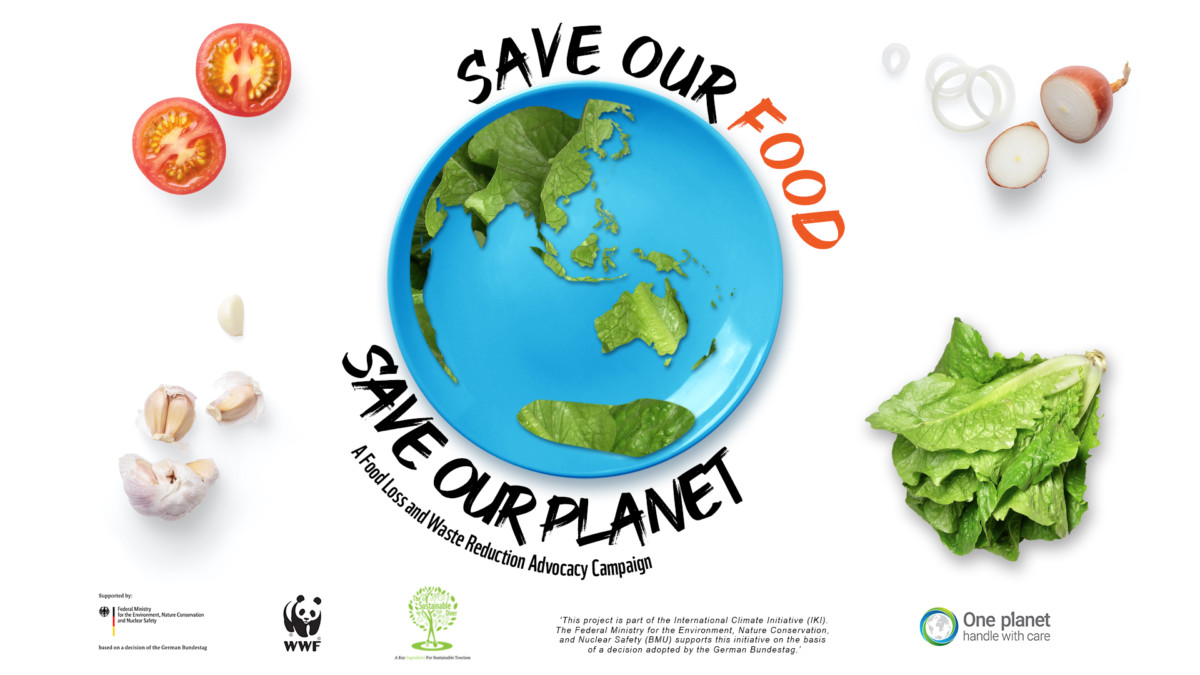
Face the Facts: Why Do We Waste Food When Many People Are Going Hungry?
Approximately $1 trillion worth of food is lost or wasted every year — accounting for roughly 1/3 of the world’s food. According to the Food and Agriculture Organization (FAO) of the United Nations, reversing this trend would preserve enough food to feed 2.1 billion people. While it is a social issue, food waste also disrupts the environment when it winds up in landfills because it emits methane, a potent greenhouse gas that promotes global warming.
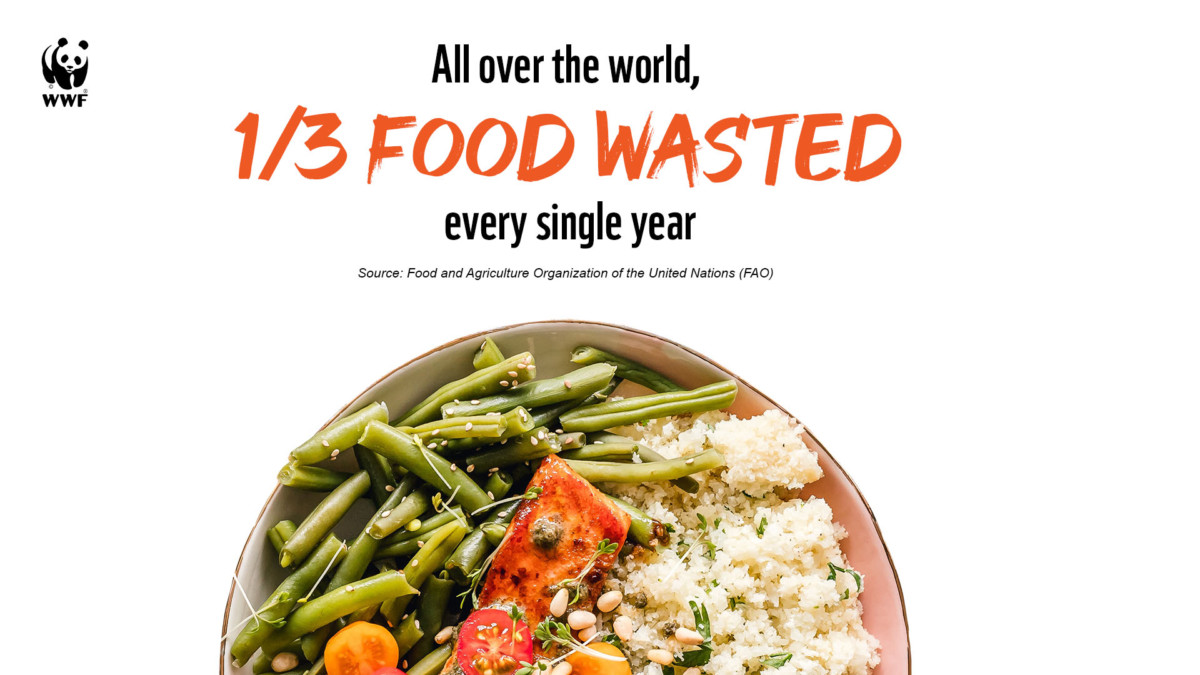
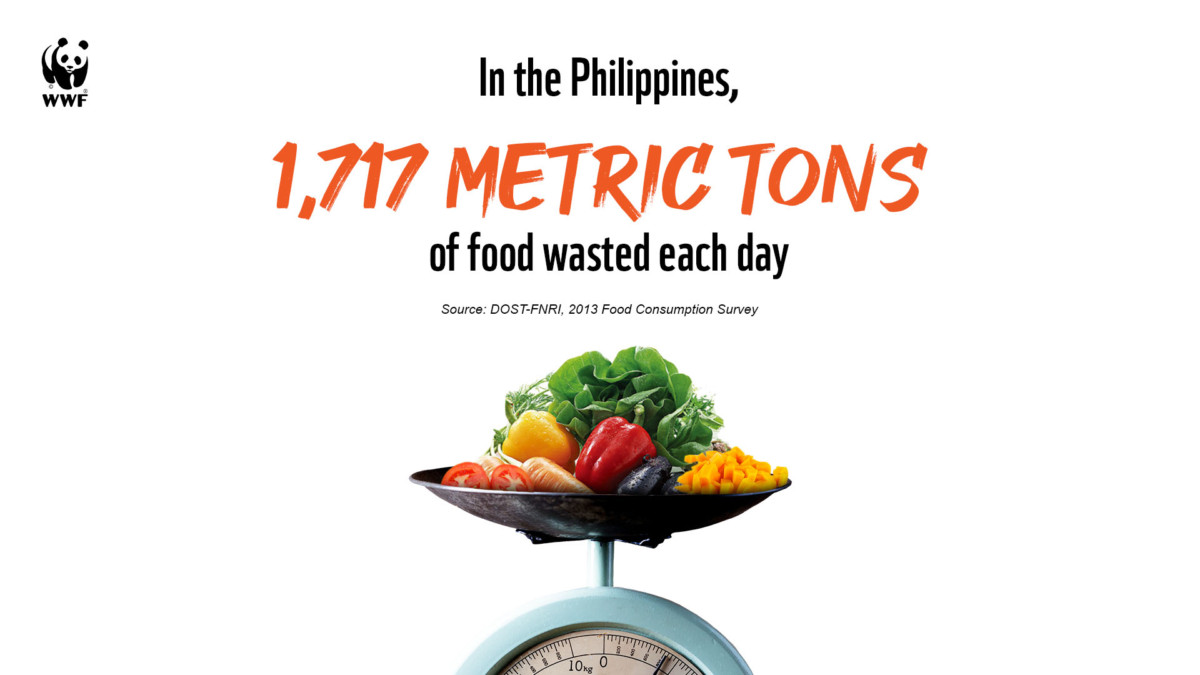
Save Our Food, Save Our Planet
“Stop food loss and waste. For the people. For the planet.” is the theme of the first ever International Day of Awareness of Food Loss and Waste to be celebrated yearly by the United Nations starting this 29 September. This aims to promote the importance of a sustainable food supply chain to achieve food security and nutrition as well as to reinforce our global efforts towards resolving the issues of food loss and waste.
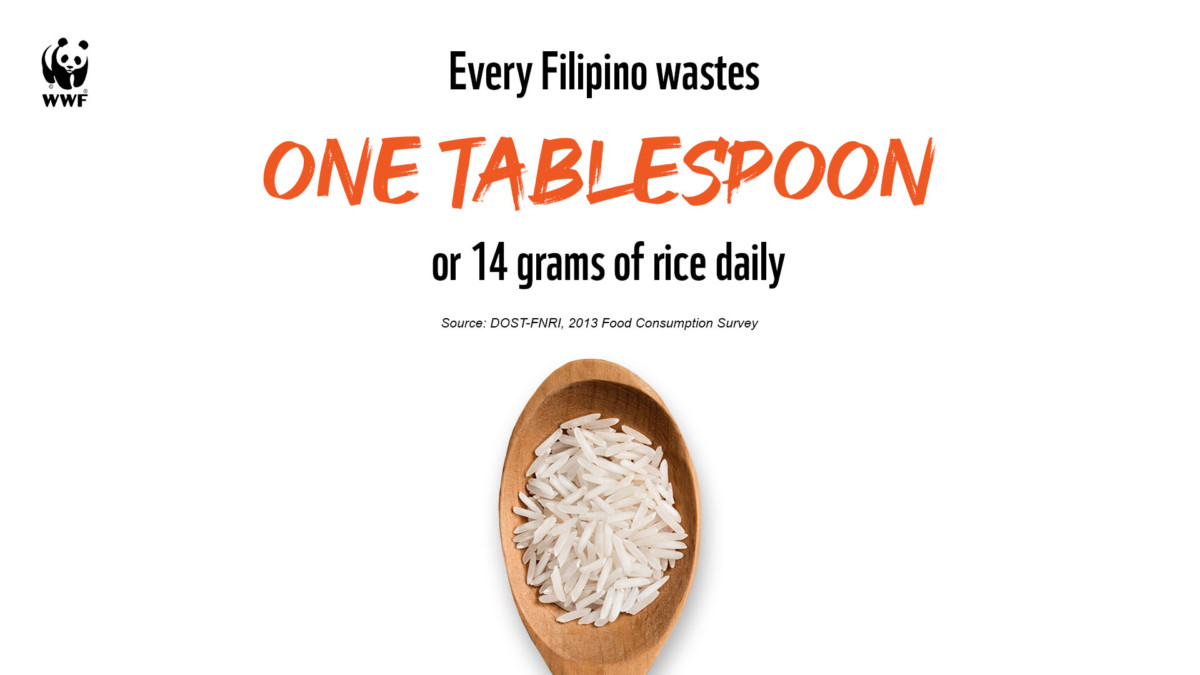
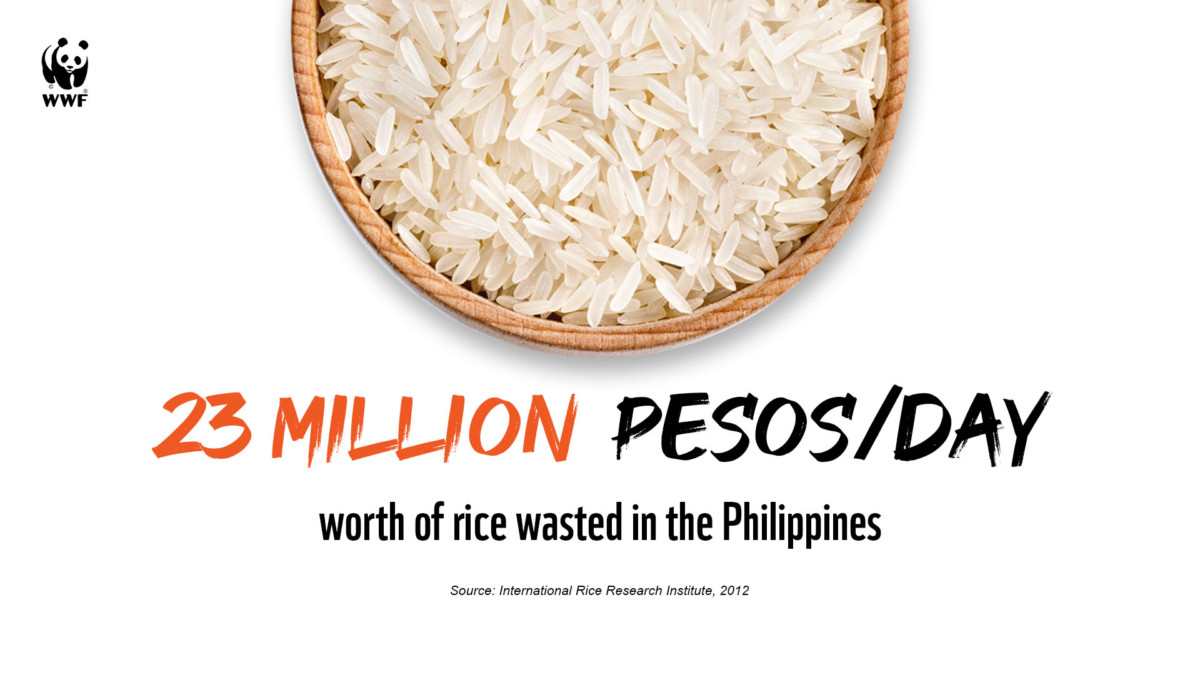
What is the Difference Between ‘Food Loss’ and ‘Food Waste’?
While these terms may seem similar, there is a distinction between them:
- Food loss refers to the food lost in the supply chain between the producer and the market. It happens in production, postharvest, processing, and distribution stages.
- Food waste refers to the food wasted before, during, or after meal preparation in the households. These are also the food discarded by retailers, food service establishments, and consumers during production, manufacturing, and distribution.
Food waste is generally linked to consumer behaviour, for example, cooking food more than you can eat which results in leftovers that eventually spoil if not stored properly or consumed within a reasonable timeframe. That’s why we should be more mindful and start being a sustainable diner especially when at home!
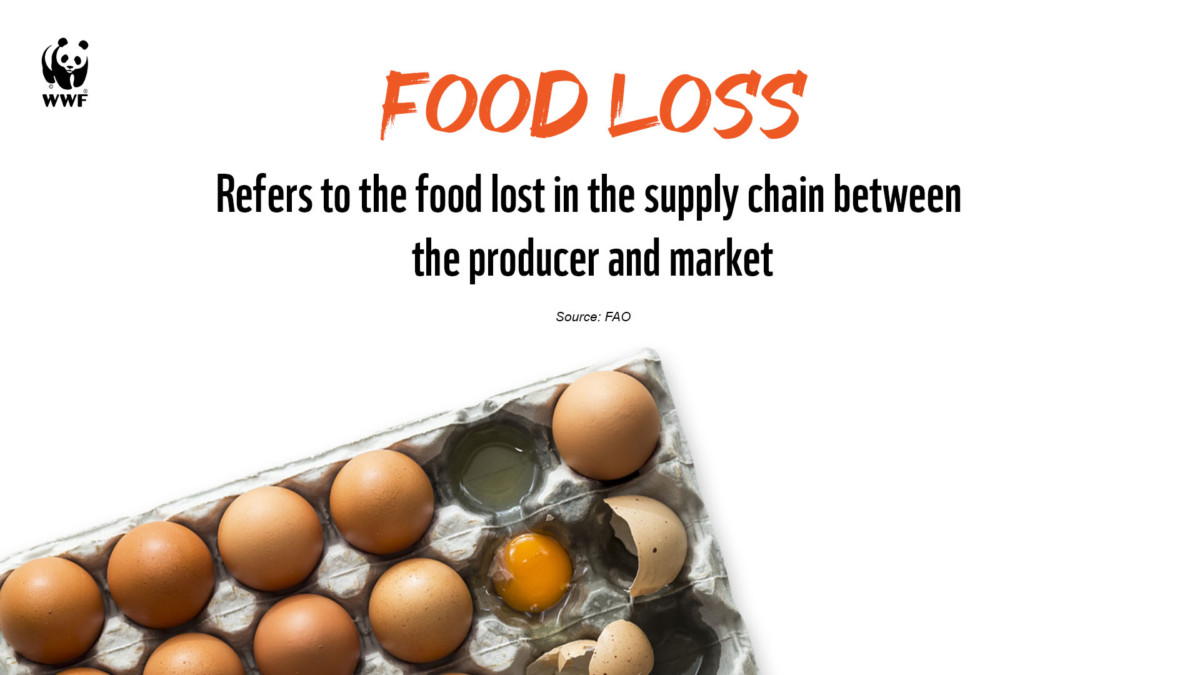
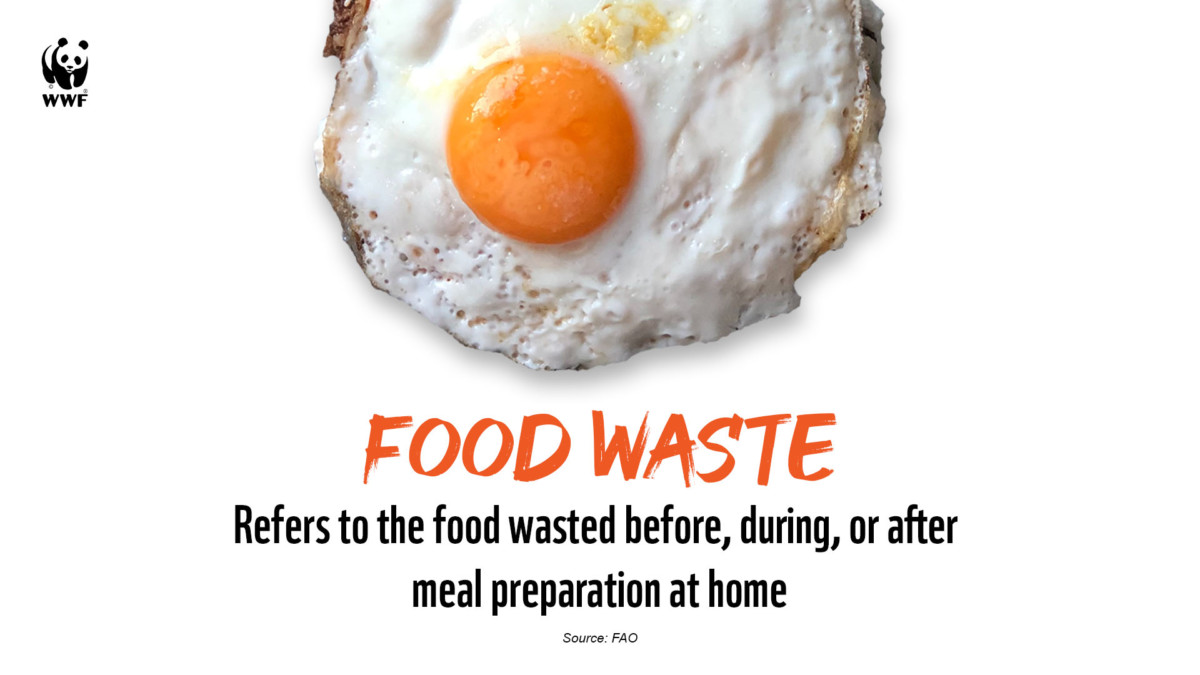
Here’s What We Can Do: Start at Our Home!
Do the 10 tips on how to reduce food waste in our household:
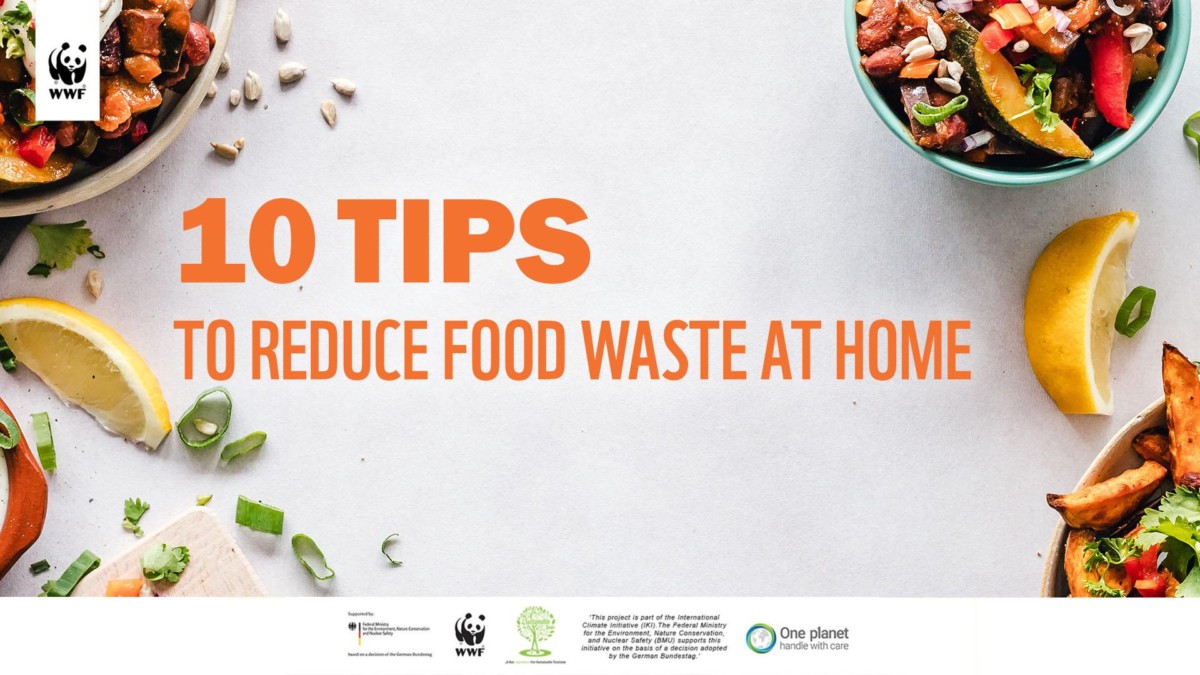
1. Give ugly produce a chance
Oddly-shaped produce or what others call ‘ugly produce’ is still as nutritious and tasty as the perfectly shaped ones. Buying ugly produce saves them from being rejected and ending up in the trash.
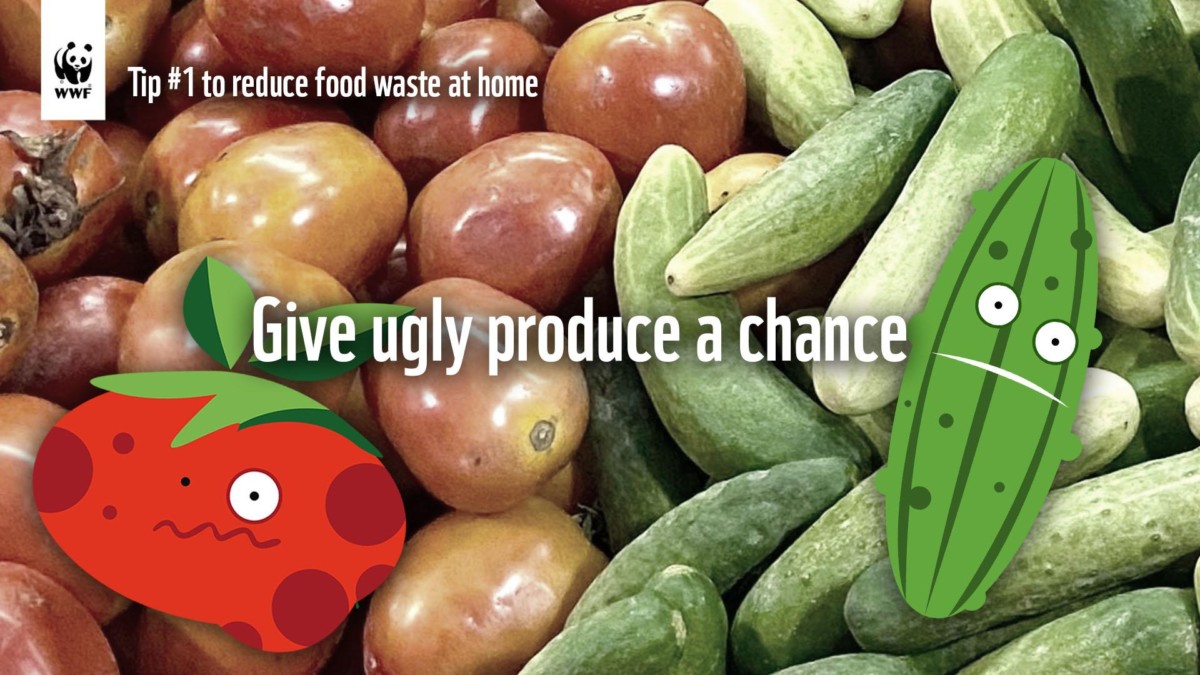
2. Create a shopping list
Make the best out of your market trip by having a list of what to buy. Cook and eat what you already have at home before buying more.
3. Plan your meals
Create a cycle menu or plan what you’re going to eat for each week to determine the quantity and types of food to purchase. This will lessen your trips, and will save time and money.
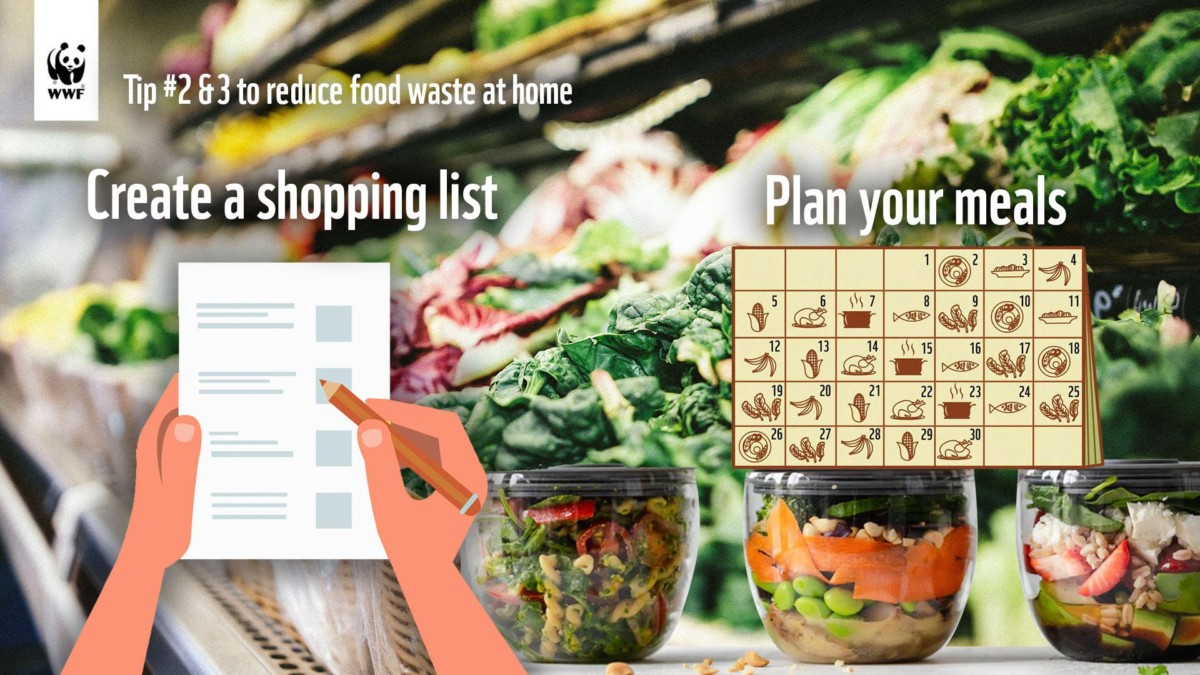
4. Check the storage
First in, First out (FIFO) means the first food that you bought must be the first one that you use. Avoid food spoilage, and ensure safe and proper preparation and handling of food at all times.
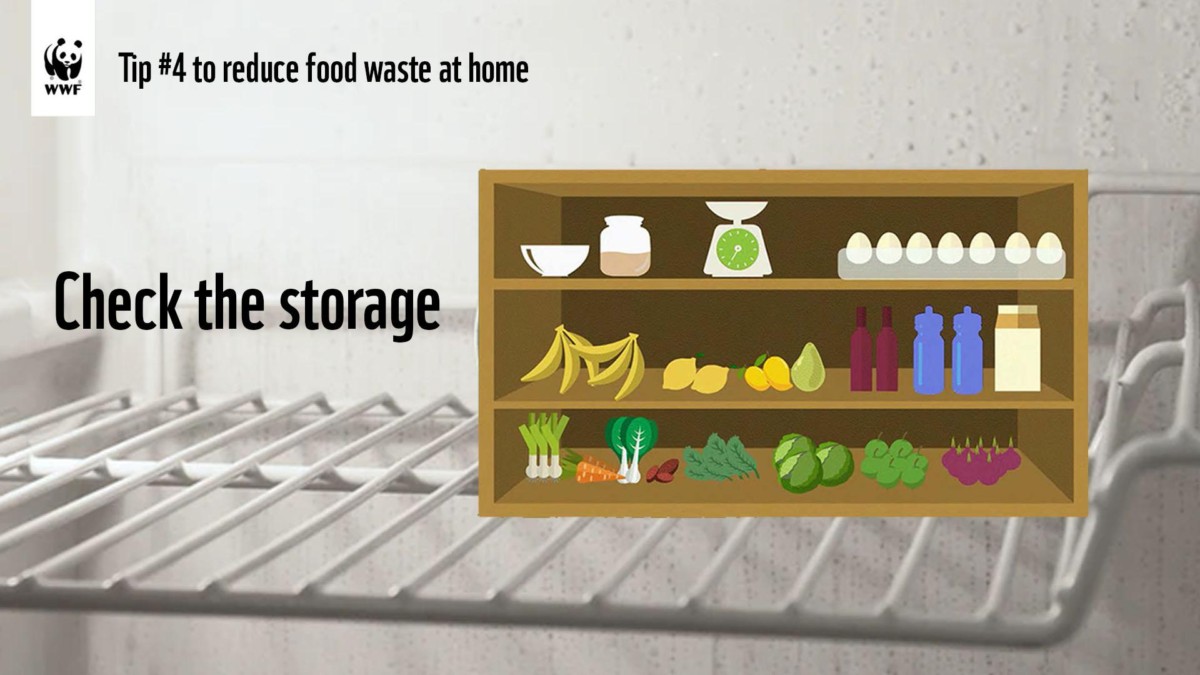
5. Know your serving sizes
Only cook or serve what you and/or other household members can finish. Educate children about the importance of reducing food waste by involving them in food preparation or cooking and giving them a chance to get their meal serving on their own. The visual guide called Pinggang Pinoy of DOST-FNRI can serve as a tool to know how much variety of food you should eat in one meal in order to be healthy.
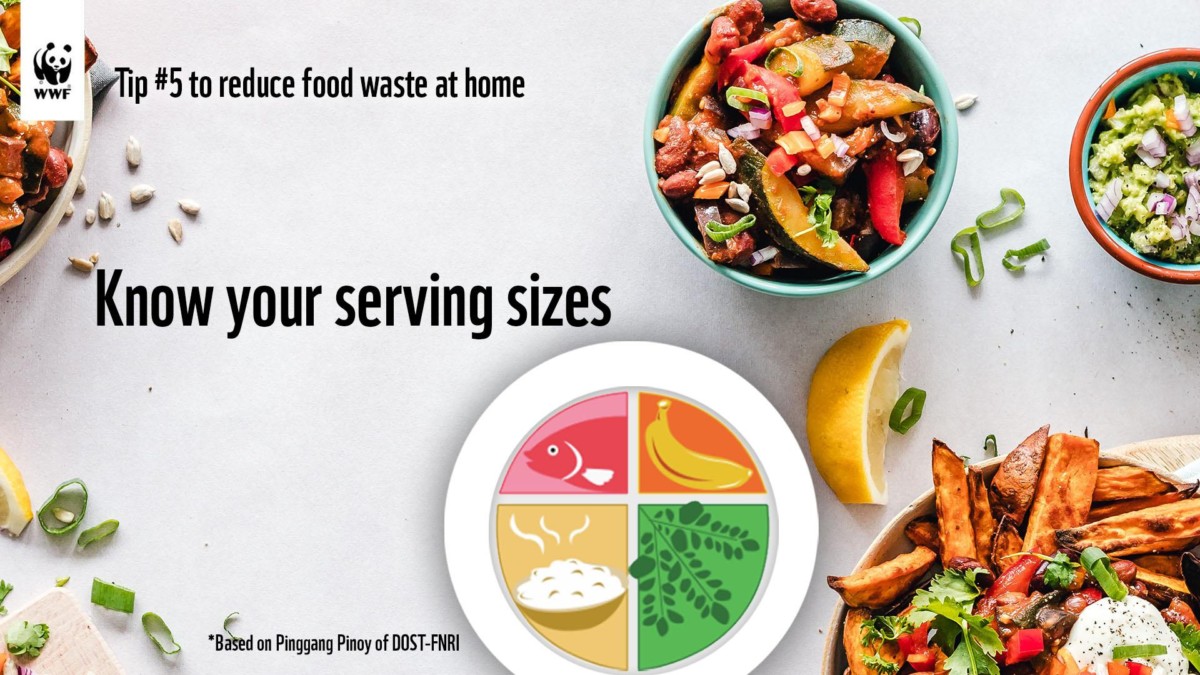
6. Be creative with your next meal
Cook a variety of dishes using leftovers or use all parts of meat or produce from your home garden. Prepare simple and nutritious recipes just enough in quantity.
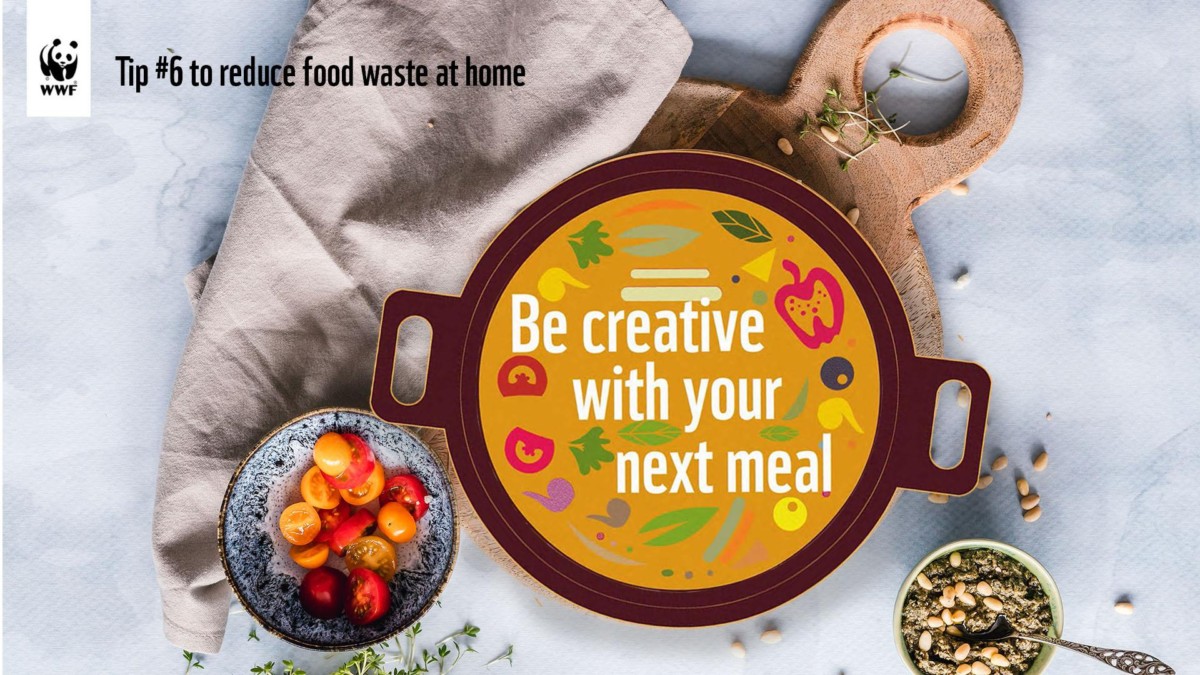
7. Share excess food
If you have extra food that is clean and safe to eat, you can brighten someone’s day by sharing it with them.
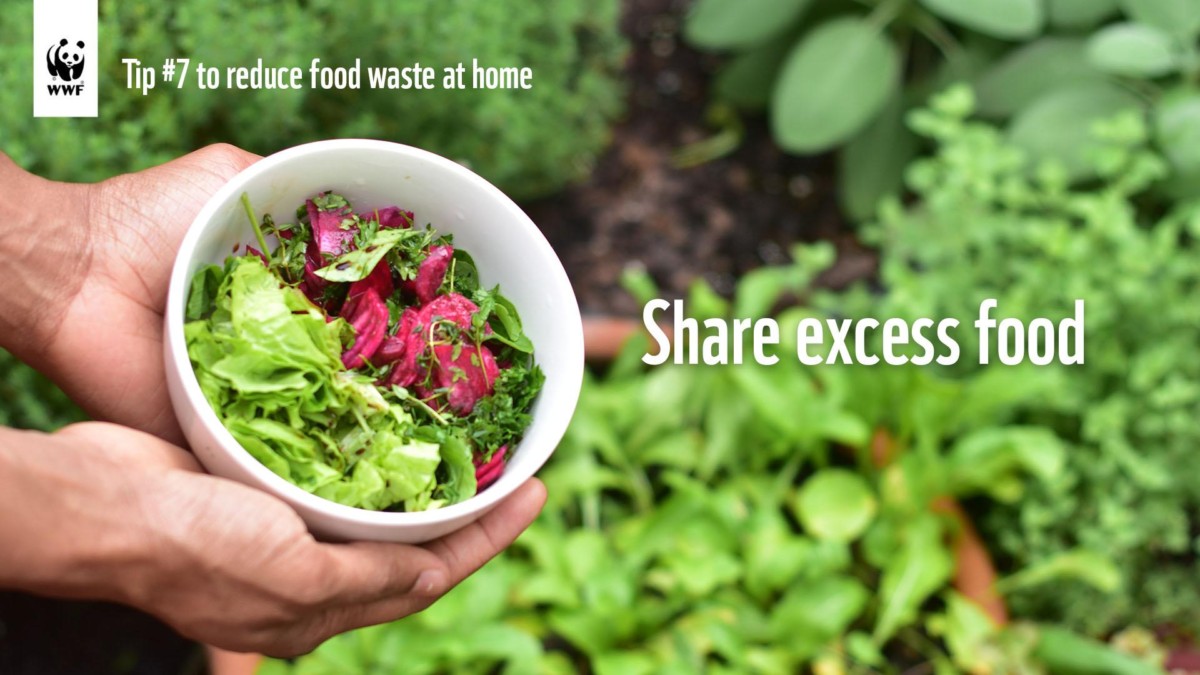
8. Start your home garden
Plant local crops and vegetables that you will love to eat.
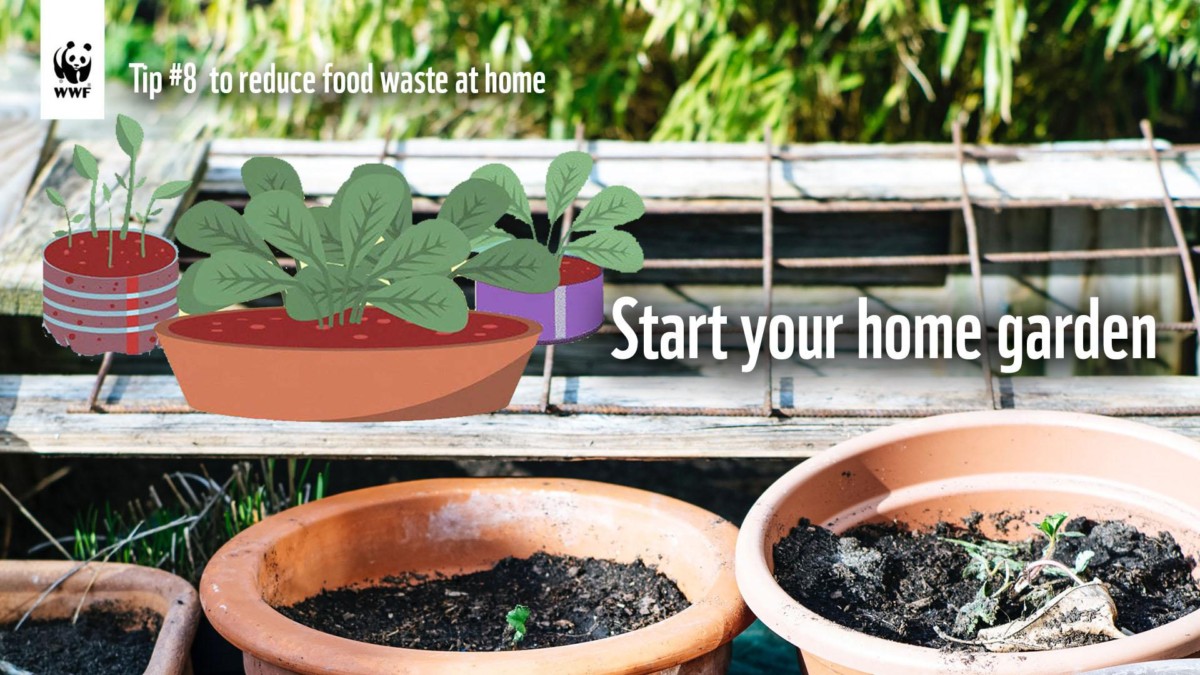
9. Make a compost
For unavoidable food waste, turn them into compost to return the important nutrients back to the soil.
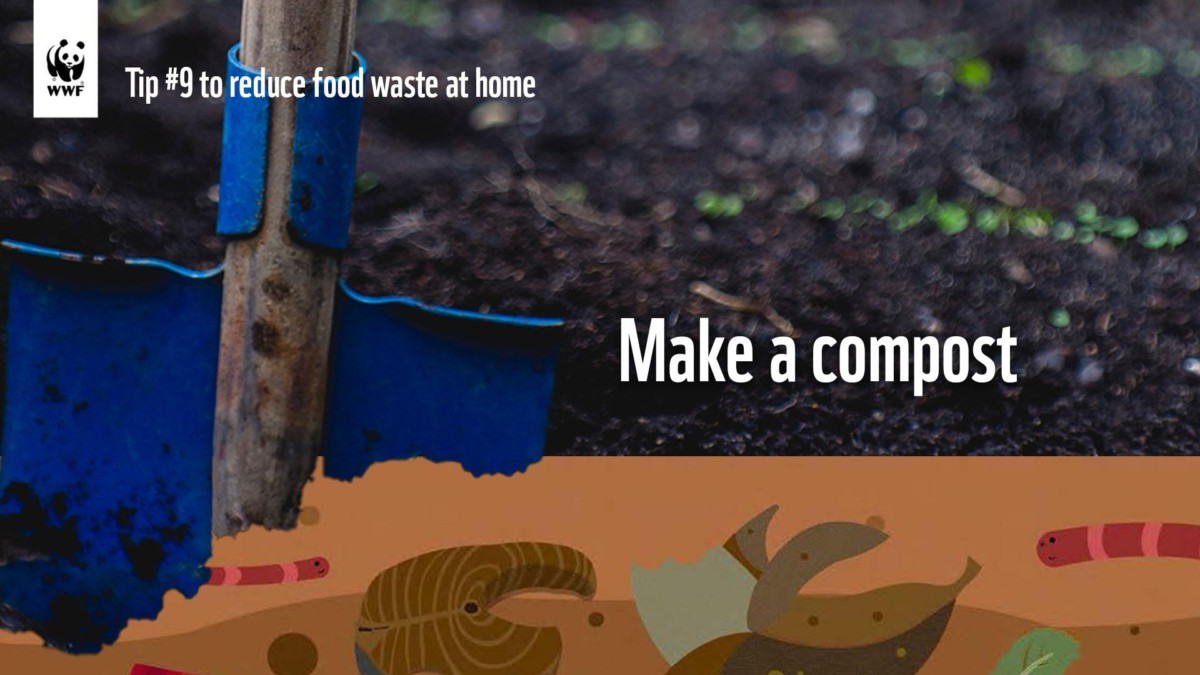
10. Share these tips with others!
Learning and doing these tips to reduce food waste at home will make more impact when shared and done with friends, families, and other members of the community.

For more fun tips on how to reduce food waste at home, watch this video: https://youtu.be/8L-dQcVl7So
Read the ‘Be a Sustainable Diner at Home’ article for more information: bit.ly/SustainableDinerAtHome
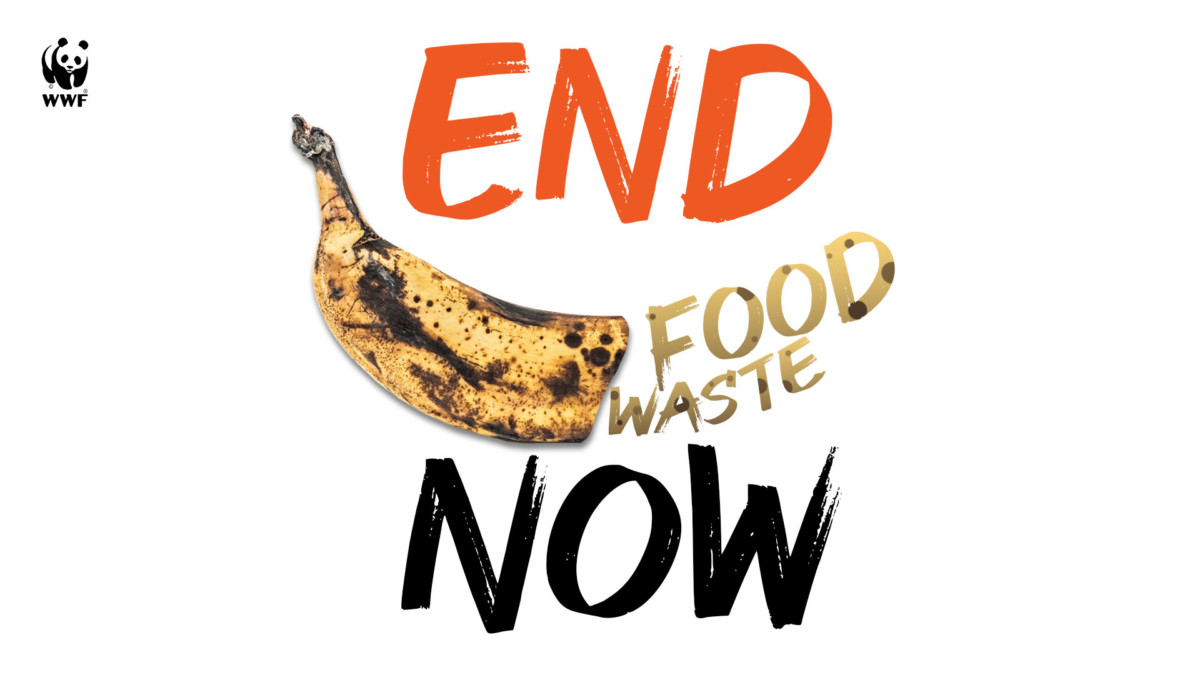
References:
- FAO. 2019. The State of Food and Agriculture 2019. Moving forward on food loss and waste reduction. Rome. Retrieved from: http://www.fao.org/3/ca6030en/ca6030en.pdf
- Department of Science and Technology - Food and Nutrition Research Institute (DOST-FNRI). 2013. More Pinoy eat less - FNRI Survey. Retrieved from: https://www.fnri.dost.gov.ph/index.php/programs-and-projects/news-and-announcement/137-more-pinoy-eat-less-fnri-survey
- Paz, A. DOST-FNRI. 2018. DOST-FNRI eyes evidence-based solutions for food insecurity. Retrieved from: https://www.dost.gov.ph/knowledge-resources/news/49-2018/1433-dost-fnri-eyes-evidence-based-solutions-for-food-insecurity.html
- Macalintal, A., International Rice Research Institute (IRRI). 2012. That rice you throw away. Retrieved from: https://ricetoday.irri.org/that-rice-you-throw-away/
Sources were retrieved on 23 September 2020.
The Sustainable Diner project, under Sustainable Consumption and Production, is part of the International Climate Initiative (IKI). The Federal Ministry for the Environment, Nature Conservation, and Nuclear Safety (BMU) supports this initiative on the basis of a decision adopted by the German Bundestag.
The Sustainable Diner Project Team:
Melody Melo-Rijk, Jonna Ellaine Jordan, Lorayne Therese Roque, Alexa Jeanne Lasch, Iris Joy Abrigo, Liezl Stuart del Rosario, Kristan Gabriel Villalon, Carla Pena Singson
Design and illustration by Jonna Jordan and Gabriel Villalon
For more information, please contact:
Jonna Ellaine Jordan
Integrated Marketing Communication Specialist
jjordan@wwf.org.ph
Lorayne Therese Roque
Sustainable Consumer Specialist
lroque@wwf.org.ph
